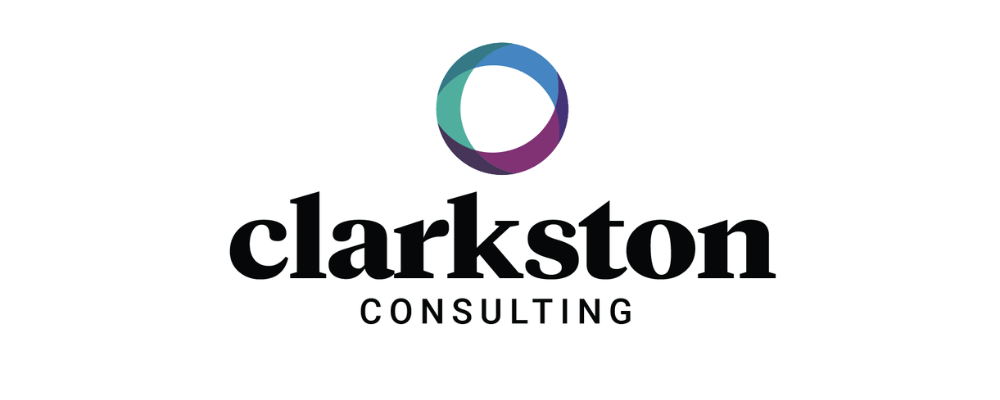In an era characterized by an overwhelming influx of new product launches and constant, in-your-face advertising, the concept of underconsumption has emerged as a compelling countertrend. Underconsumption – broadly defined as the practice of using fewer resources and making more deliberate purchases – is gaining traction in the beauty industry, influenced by social media dynamics and the evolving preferences of Gen Z consumers. As influencers and social media have historically fueled a culture of constant consumption, the rise of underconsumption in beauty signals a significant cultural shift toward sustainability and mindful purchasing.
The Influence of Social Media
Historically, social media has dramatically shaped beauty consumption patterns. Platforms like Instagram and TikTok have transformed beauty standards, creating an increasing demand for the latest trending products. Influencers, often seen as trendsetters, play a pivotal role in this phenomenon. Their endorsements of new beauty products can put a substantial amount of pressure on consumers to keep up with ever-evolving trends.
The beauty industry has capitalized, working with influencers to create a culture of perpetual product purchasing. With each new product launch, influencers flood their feeds with reviews and tutorials, fostering a sense of urgency and necessity. In fact, around 74% of consumers have purchased a product after being advertised to by an influencer on social media. This has created an environment where consumers are continually urged to purchase the newest items, prolonging this cycle of overconsumption.
Underconsumption in Beauty & the Role of De-influencing
In contrast, underconsumption has emerged as a deliberate countertrend, advocating for using what consumers already own, being mindful of creating waste from owning too many items in the same category, and making mindful purchases when necessary. This approach emphasizes the value of existing resources and encourages consumers to think critically about their consumption habits.
De-influencing, a concept that has gained momentum alongside underconsumption on social media platforms such as Tik Tok, encourages people to reconsider their purchasing habits, often by highlighting the benefits of making do with less or avoiding the latest trends altogether. This advocacy is not only about reducing spending but also about fostering a more sustainable and thoughtful approach to beauty consumption, resonating heavily with Gen Z consumers.
The impact of de-influencing on consumer behavior is evident, as more individuals are sharing their experiences using products to their fullest extent and advocating for the thoughtful use of beauty products. This shift ties into the underconsumption trend and is disrupting traditional beauty industry practices, pushing brands to reconsider their marketing strategies and product offerings in light of growing consumer demand for sustainability and mindfulness.
The Movement Toward Sustainability
Underconsumption is closely linked to broader sustainability trends as well. The beauty industry, notorious for its environmental impact, is increasingly scrutinized for its role in generating waste through single-use packaging and rapid product turnover. In response, there is a growing emphasis on sustainable practices, including recycling programs and initiatives aimed at reducing waste.
Programs like Ulta’s in-store recycling initiatives and MAC’s “Back to MAC” initiative exemplify efforts to mitigate environmental impact. Both programs allow customers to return used product containers back to the store for recycling, thereby promoting circularity in beauty consumption. These programs reflect a shift towards more sustainable practices, encouraging consumers to participate in reducing waste and supporting brands that prioritize environmental responsibility.
Implications for the Beauty Industry
The rise of underconsumption and de-influencing has significant implications for the beauty industry. As consumer habits shift toward more mindful consumption, brands must adapt their strategies to align with these evolving values. This may also involve rethinking marketing approaches and sustainability practices. Brands should focus on creating high-quality, durable products and embrace transparent marketing practices that resonate with a more conscientious consumer base. Additionally, the emphasis on sustainability could drive innovation in packaging and product formulations, leading to more eco-friendly options and practices.
The trend toward underconsumption in beauty represents a massive cultural and environmental shift. Influenced by social media dynamics and driven by a growing awareness of sustainability, consumers are increasingly rejecting the culture of constant consumption. The rise of deinfluencing and the movement towards mindful beauty practices further highlights a broader desire for more responsible consumption, challenging the beauty industry to evolve and embrace a more sustainable future.
“At Clarkston Consulting, we make our clients’ purpose our purpose. Since 1991, we have worked with global life sciences, consumer products, and retail companies to advance their most complex global priorities.”
Please visit the firm link to site


